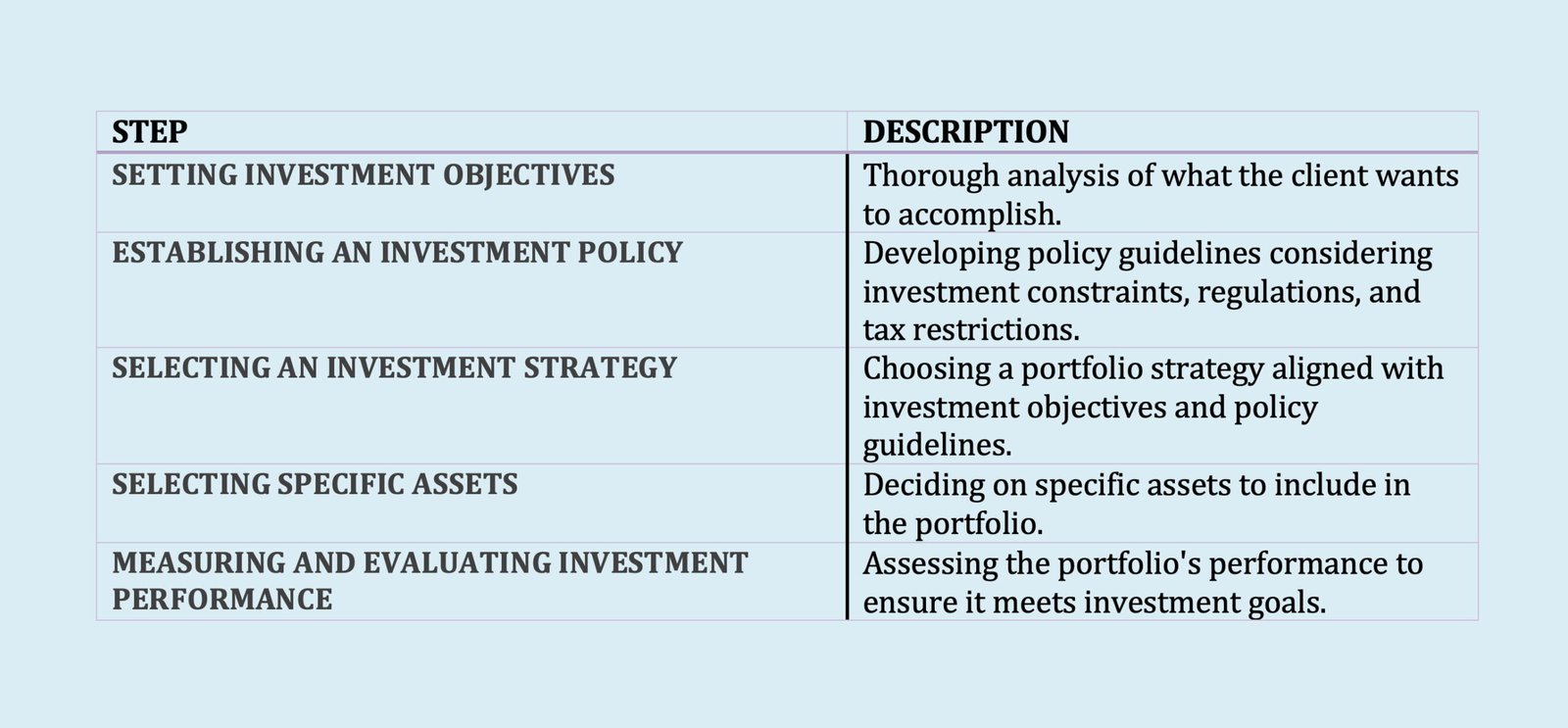Financial Management
Financial management, sometimes called business finance or corporate finance, is the specialty area of finance concerned with financial decision making within a business entity.
Although financial management is often referred to as corporate finance, the principles of financial management also apply to other forms of business and to government entities. Financial managers are primarily concerned with investment decisions and financing decisions within organisations, whether that organisation is a sole proprietorship, a partnership, a limited liability company, a corporation, or a governmental entity.

Regarding investment decisions, we are concerned with the use of funds—the buying, holding, or selling of all types of assets:
- Should a business purchase a new machine?
- Should a business introduce a new product line?
- Sell the old production facility?
- Acquire another business?
- Build a manufacturing plant?
- Maintain a higher level of inventory?
Financing decisions are concerned with the procuring of funds that can be used for long-term investing and financing day-to-day operations.
- Should financial managers use profits raised through the company’s revenues or distribute those profits to the owners?
- Should financial managers seek money from outside of the business?
A company’s operations and investments can be financed from outside the business by incurring debt—such as through bank loans or the sale of bonds—or by selling ownership interests. Because each method of financing obligates the business in different ways, financing decisions are extremely important. The financing decision also involves the dividend decision, which involves how much of a company’s profit should be retained and how much to distribute to owners.
A company’s financial strategic plan is a framework of achieving its goal of maximizing owner’s wealth. Implementing the strategic plan requires both long-term and short-term financial planning that brings together forecasts of the company’s sales with financing and investment decision-making. Budgets are employed to manage the information used in this planning; performance measures are used to evaluate progress toward the strategic goals.
The capital structure of a company is the mixture of debt and equity that management elects to raise to finance the assets of the company. There are several economic theories about how the company should be financed and whether an optimal capital structure (that is, one that maximizes a company’s value) exists.
Investment decisions made by the financial manager involve the long term commitment of a company’s scarce resources in long-term investments.
We refer to these decisions as capital budgeting decisions. These decisions play a prominent role in determining the success of a business enterprise. Although there are capital budgeting decisions that are routine and, hence, do not alter the course or risk of a company, there are also strategic capital budgeting decisions that either affect a company’s future market position in its current product lines or permit it to expand into new product lines in the future.
A financial manager must also make decisions about a company’s current assets. Current assets are those assets that could reasonably be converted into cash within one operating cycle or one year, whichever takes longer. Current assets include cash, marketable securities, accounts receivable, and inventories, and support the long-term investment decisions of a company.
Another critical task in financial management is the risk management of a company. The process of risk management involves determining which risks to accept, which to neutralize, and which to transfer. The four key processes in risk management are risk:
- Identification
- Assessment
- Mitigation
- Transference
The traditional process of risk management focuses on managing the risks of only parts of the business (products, departments, or divisions), ignoring the implications for the value of the company.
Today, some form of enterprise risk management is followed by large corporations, which is risk management applied to the company as a whole. Enterprise risk management allows management to align the risk appetite and strategies across the company, improve the quality of the company’s risk response decisions, identify the risks across the company, and manage the risks across the company.

